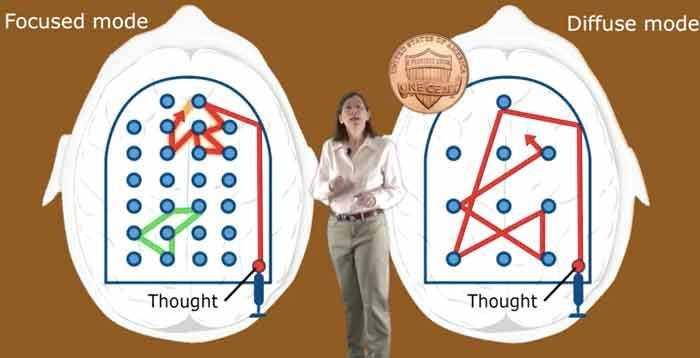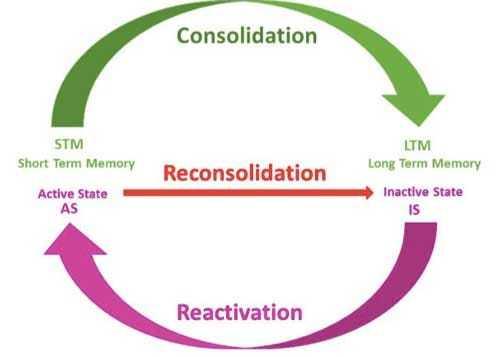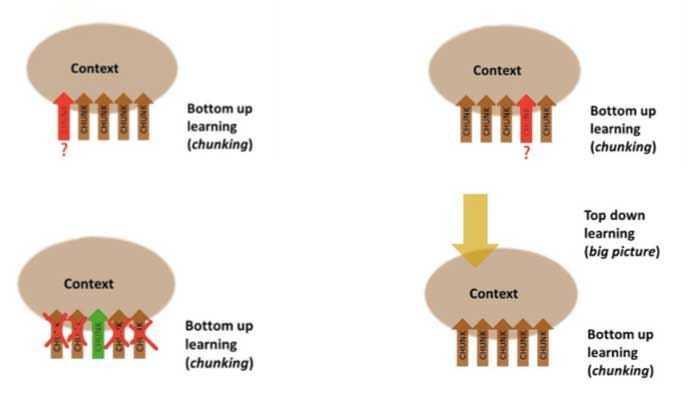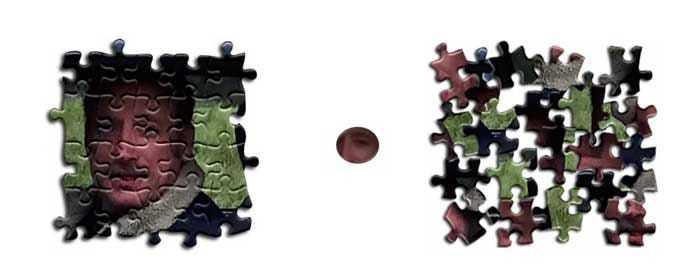Learning to Learn
Curated from: medium.com
Ideas, facts & insights covering these topics:
10 ideas
·172K reads
867
12
Explore the World's Best Ideas
Join today and uncover 100+ curated journeys from 50+ topics. Unlock access to our mobile app with extensive features.
Learning how to learn
Learning how to learn is a meta-skill. It is a critical skill for everyone who needs to pick up and master new concepts frequently.
Understanding what is learning and how our memory works will help you understand why certain techniques work and how to use and adapt the techniques to your advantage.
5.13K
26K reads
Learning skills
Learning how to learn is critical for everyone. Most of us have to deal with a changing world and to learn how to manage tons of new information.
However, most of our learning methods are outdated and far from optimal. It may even be giving us an illusion of learning, like re-reading and highlighting that don't provide proper feedback to show what you haven't learned.
4.44K
16.8K reads
Focused and Diffuse Mode
Focused and diffuse modes provide two models for how we develop, elaborate, deepen and broaden connections. Both methods are important.
- The focused mode of learning is about bringing related concepts together into a unit, called a chunk.
- The diffuse mode operates through a wider net of connecting general ideas across different fields. We use this diffuse mode while we sleep, exercise or daydream.
5.21K
19K reads
Spaced repetition
Spaced repetition describes the idea of reviewing new concepts at intervals that get spaced further and further apart.
For example, learning a concept in the morning, reviewing it 8 hours later, then recheck the next day. Reviews then get spaced out 3-4 days, then a week, a month, then again a few months later.
5.65K
17.2K reads
5.14K
21.7K reads
In order to learn, we need to sleep
Learning is hard and takes effort on a personal level. It requires attention and physical energy.
- When you start learning, you need to pay careful attention to bring that information into your short-term memory. Lack of sleep can make it difficult to pay attention to. Even memory champions can only hold 5-7 pieces of information at a time.
- When you sleep, short-term memories are moved to a different region in the brain for long-term storage. Your brain then consolidates the information and select what information to forget.
5.24K
15.8K reads
Top-down and bottom-up learning
Top-down learning is understanding the big picture. It allows you to put the main ideas into a big-picture map to understand how the information fits together.
Bottom-up learning, called "chunking" describes pieces of information that are linked together through meaning or use. Much of learning is developing a sufficient repository of these chunks.
4.92K
15.5K reads
Combine diffused and focused learning
Leveraging diffused and focused learning is key to truly understanding something. You learn chunks through the focused model, and you develop the broader conceptual map using the diffuse way of thinking.
First, learn the basic outline or core structure, then fill in the details. For instance, when reading a book, look at the table of contents (core structure) and scan through the material. Next, use focused reading to fill in the details.
4.92K
12.4K reads
Regression is not uncommon
Regressing or getting blocked when learning is not that uncommon, as your brain remaps a concept.
Skipping ahead may help. Take a break, sleep, and exercise, to give your brain time to put the pieces in order again.
4.58K
13.6K reads
The optimal process for learning
We need to study things that interest us; otherwise, it will be hard to make much progress.
Learning is a highly personal process. You need to know yourself and how you learn best. Use the resources and techniques that you like and enjoy, even if they are not scientifically-speaking the most effective.
4.65K
14.3K reads
IDEAS CURATED BY
Waylon X.'s ideas are part of this journey:
Learn more about personaldevelopment with this collection
The importance of perseverance
How to embrace failure as a learning opportunity
The power of innovation and creativity
Related collections
Similar ideas
1 idea
Learning to Learn
medium.com
11 ideas
1 idea
A Skill We all Need — Learning How to Learn
link.medium.com
Read & Learn
20x Faster
without
deepstash
with
deepstash
with
deepstash
Personalized microlearning
—
100+ Learning Journeys
—
Access to 200,000+ ideas
—
Access to the mobile app
—
Unlimited idea saving
—
—
Unlimited history
—
—
Unlimited listening to ideas
—
—
Downloading & offline access
—
—
Supercharge your mind with one idea per day
Enter your email and spend 1 minute every day to learn something new.
I agree to receive email updates





